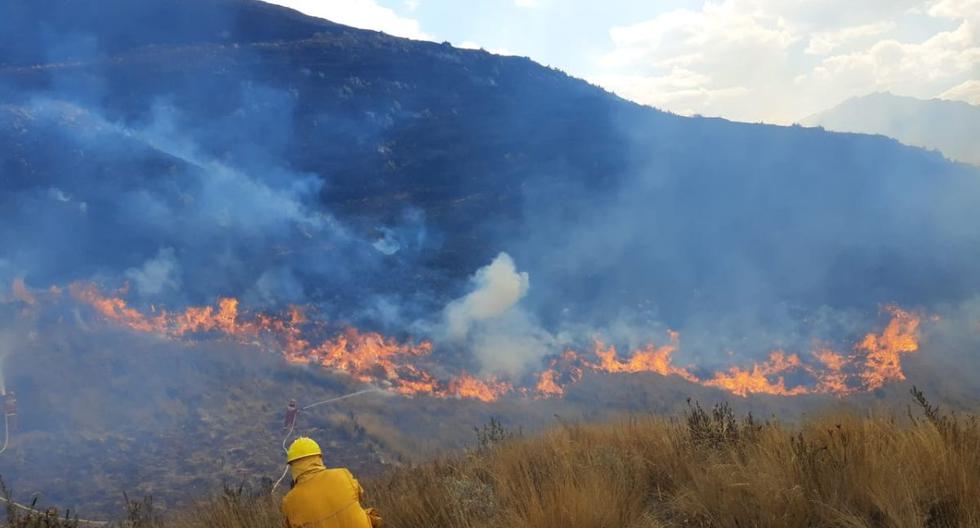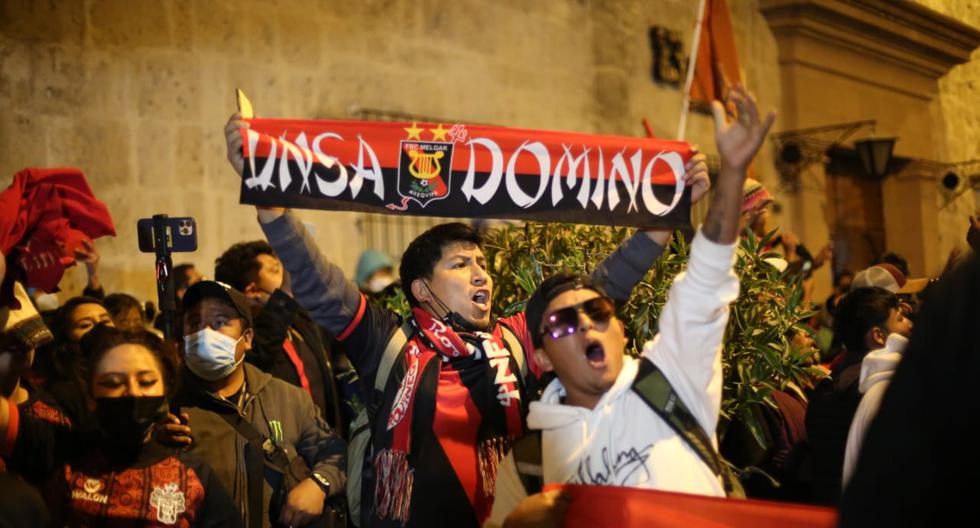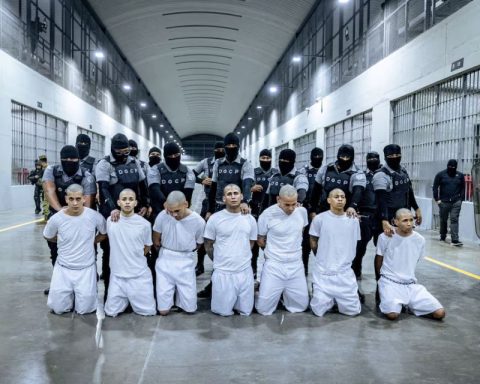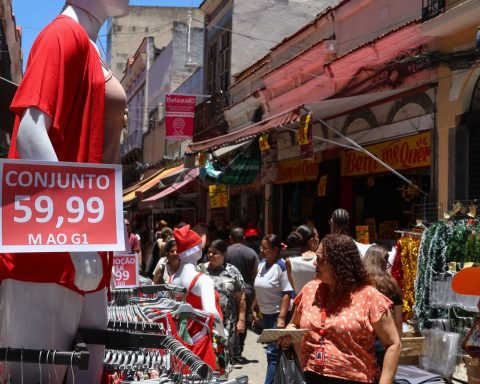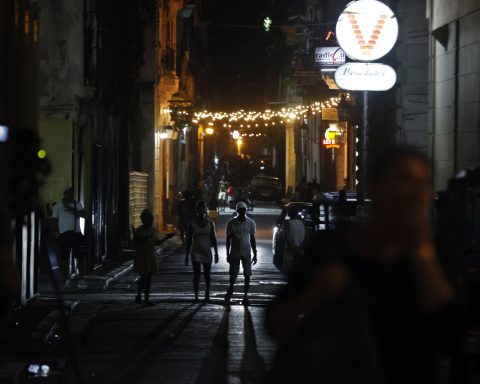Forest fire is an increasingly common event in the world that spreads uncontrollably through rural or urban vegetation and endangers people, property and the environment. Now it’s news Peru that covered more than 20 hectares of grasslands and the remains of the Peruvian archaeological site Llamacancha within the sanctuary of Machu Picchu.
At the end of June, around noon, a forest fire was reported in the district of Machu Picchu, province of Urubamba, Cusco, where brigades made up of 40 people arrived, including groups of firefighters, police to stop the spread of the fire.
Forest fires cause serious environmental damage due to the destruction of forest cover, death and flight of animals, loss of fertile soil, advance of erosion, disappearance of ecosystems, increase in CO2 emissions into the atmosphere and desertification, among others. fatalities. This must be considered when observing its effects on the population. Until October 15, 2021, 1,081 forest fires were registered throughout Peru
There is no easy way to control a forest fire, so it is suggested to avoid throwing or leaving glass in fields, paper in forests or grasslands. Do not make fires in places close to places that contain flammable materials. Before lighting a fire, check that the wind speed is not too high, and always have elements to put out the fire (fire extinguisher, water or earth). The most effective way to cut or control a fire.
Commitments to nature
Avoiding or preventing its onset is key. This does not mean that as a tourist, visitor or world traveler, their presence is being rejected in what is conceived as one of the wonders of the world, along with Chichen Itza, the Roman Coliseum, Christ the Redeemer, the Great Wall of China, the Taj Mahal and the City of Petra in Jordan but you have to add responsibility to all this.
Fortunately, the area of Machu Pichu is not threatened, so Peru is now working to control it to prevent it from advancing and continuing to affect this world heritage site.
Machu Picchu is the most outstanding Inca archaeological site due to its creative urban design, the beauty of its architecture and the fine stonework of its buildings. In its planning, the topography of the top of the mountain was taken advantage of, transforming it into an imposing llaqta, which means city in Quechua.
It was a city that was mutating over time, unfortunately towards evil due to disorder, dirt and even environmental and climatic risks that are not only limited to intense rains, earthquakes and the list of natural accidents but also fires such as those of now. Perhaps it is a response from the pachamama to the way in which the human being behaves with her.
